Let’s face it: not all of us can have yards covered in glorious native perennials. Most of us have plain old turf-grass lawns to maintain. But before you dust off the lawn mower and get to work, you should know that what you do in your yard has an impact on our water quality. How long you cut your grass, how often you cut it, how much water and fertilizer you use, and what you do with the grass clippings all impact the amount of pollution that ends up in our waterbodies.
Follow these simple tips to keep your yard green without impacting the water quality of our rivers, lakes and streams.
Download the “Green Lawns, Clean Water” Brochure (PDF)
Descargue la Version en Español (PDF)
Mow High
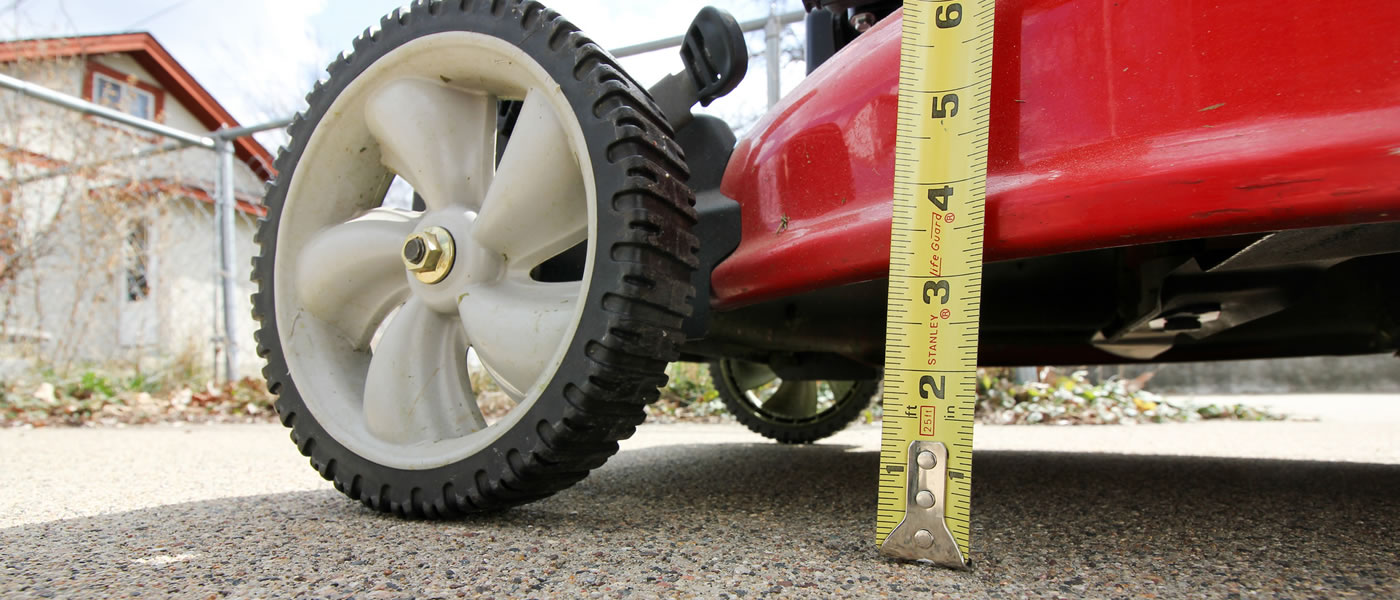
Shorter is not better when it comes to lawn care. In fact, cutting your grass at a height of three inches or higher will produce a denser, healthier root system. This will make your grass more resistant to weeds, drought and erosion. Longer grass also helps trap potential pollutants that would otherwise blow into storm drains.
Remember: Grass is like any other plant; it needs sunlight to grow. The longer its leaves, the more sunlight it can capture. Take a ruler or tape measure and check how high your mower is set from the ground. If it’s less than three inches, adjust it accordingly.
Cut One-Third (or Less) at a Time
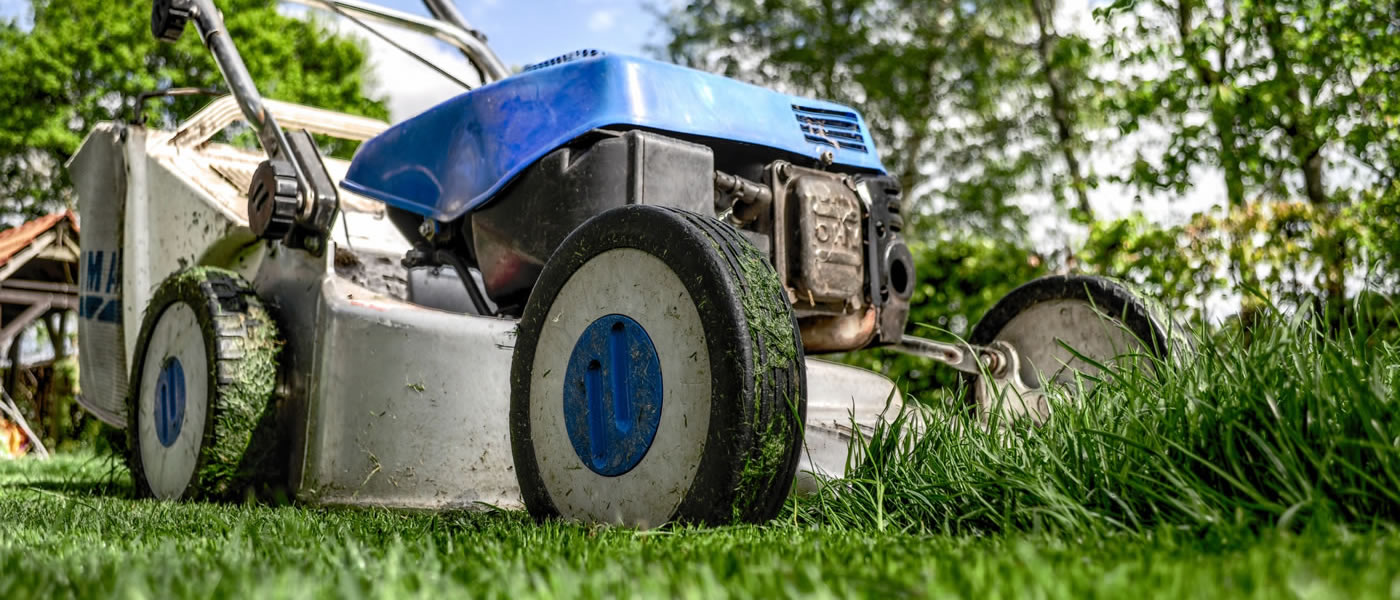
We all know that feeling of coming home to a lawn that looks like a jungle and realizing it’s been more than a week since we last mowed. Time to make up for lost time and cut it extra short, right?
Wrong. Cutting off more than a third of the grass blade at one time stresses your turfgrass. It also leaves your yard littered with clumps of grass clippings that are too big to blend back into the lawn. In addition to smothering the live grass underneath them, these clippings end up in the streets and storm drains, sending phosphorus, nitrogen and other excess nutrients to the nearest available waterbody.
Don’t cut off more than one-third of the height of your grass when you mow. Instead, consider cutting more frequently, especially during spring — when grass grows more quickly than it does in the summer.
Keep Your Mower Blades Sharp
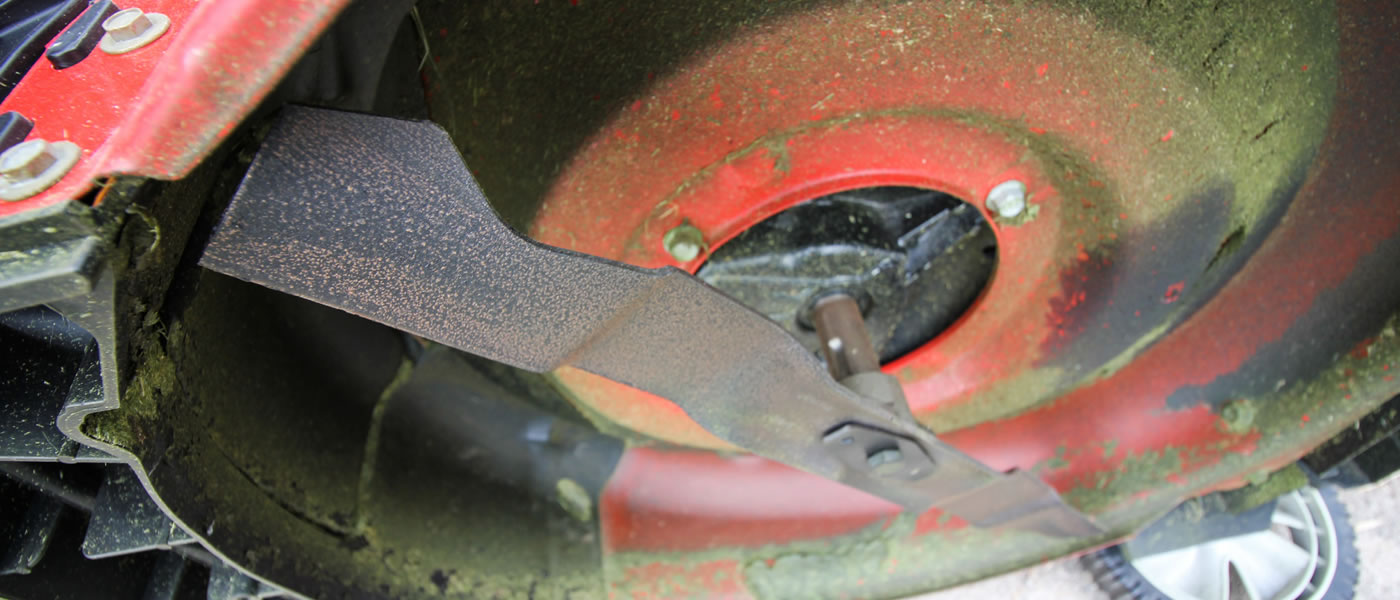
If the tips of your grass have a yellowish or whitish appearance after you mow, your lawn mower blade might be dull. A dull blade can damage the grass and cause your mower to run less efficiently. Most hardware stores offer blade-sharpening services for a small fee.
Leave the Clippings on Your Lawn
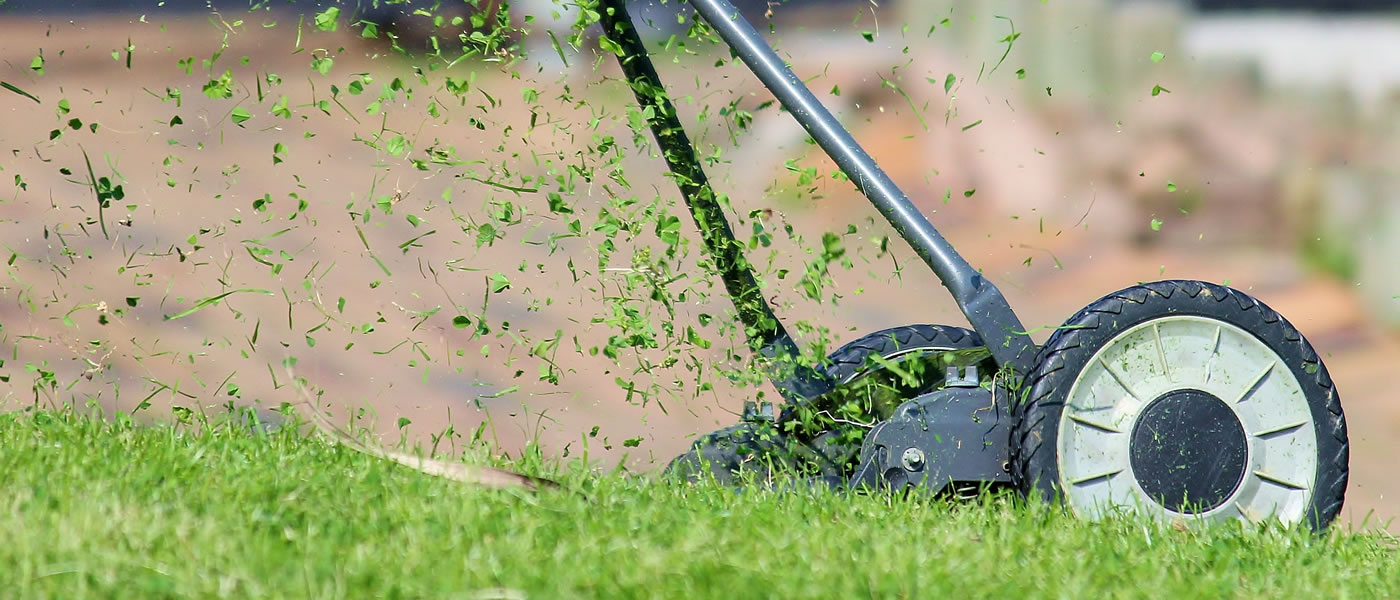
Grass clippings provide vital nutrients to your lawn; in fact, grass clippings provide the equivalent of one round of fertilizer every single time you cut your grass. The same goes for mulched leaves (although if the leaves cover more than 50 percent of your lawn, you may want to bag them up or compost them instead).
More importantly, when you blow grass clippings into the street, they get washed into storm drains and carried out into your local waterways. It’s essentially like dumping fertilizer directly into the Mississippi River. Leave your grass clippings on your lawn, and sweep them out of the streets so they don’t end up in storm drains.
Water Wisely

If you choose to water your lawn to help keep it green, water it in the early morning so that the grass retains the moisture better. Lawns generally require about one inch of water per week, so use a rain gauge to determine how much (if any) extra watering you really need. Also, avoid sprinkling on hard surfaces so that you aren’t needlessly wasting water and washing pollution into nearby storm drains.
If a lush, green lawn is not of critical importance to you, then try not to water more than necessary. If your lawn starts turning yellow or brown in the mid-summer heat, don’t panic. It might look like it’s dying, but it’s only going dormant. It will green up again in the fall, or after the first good rain.
Fertilize Smart
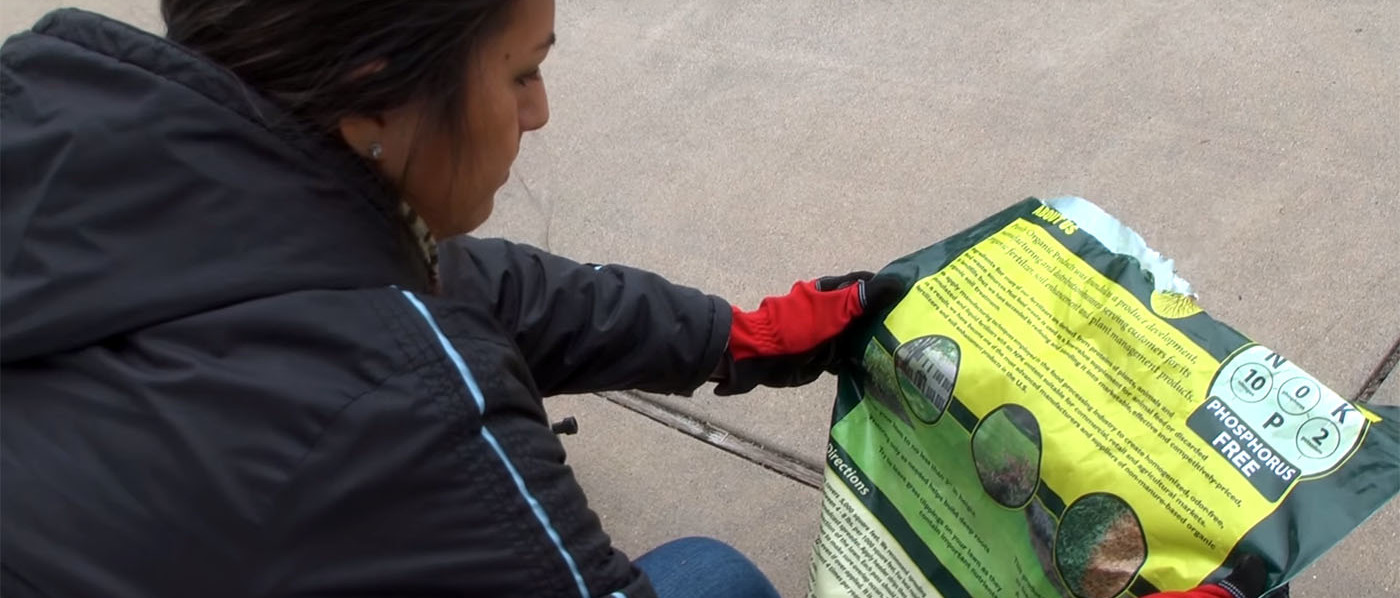
If you choose to use fertilizer, do it in the fall when it will be most effective. Only use zero-phosphorus fertilizers, and apply the amount directed by the manufacturer. Also, avoid combination weed-and-feed products, which might not be effective for your specific conditions. Instead, consider having the University of Minnesota run a test on the soils in your yard. It’s inexpensive, and you’ll get great information on the right kind of fertilizer combination for your yard.
Sweep up any excess fertilizer that falls on hard surfaces. Finally, as an alternative to fertilizer, consider aerating your lawn in the fall; it will strengthen your lawn naturally.
Watch Our How-To Videos
If you really want to get in depth on preventing pollution at home, the MWMO’s YouTube channel features a series of videos on best practices for lawn care, covering everything from lawn care basics to weed control. Check out the playlist below: